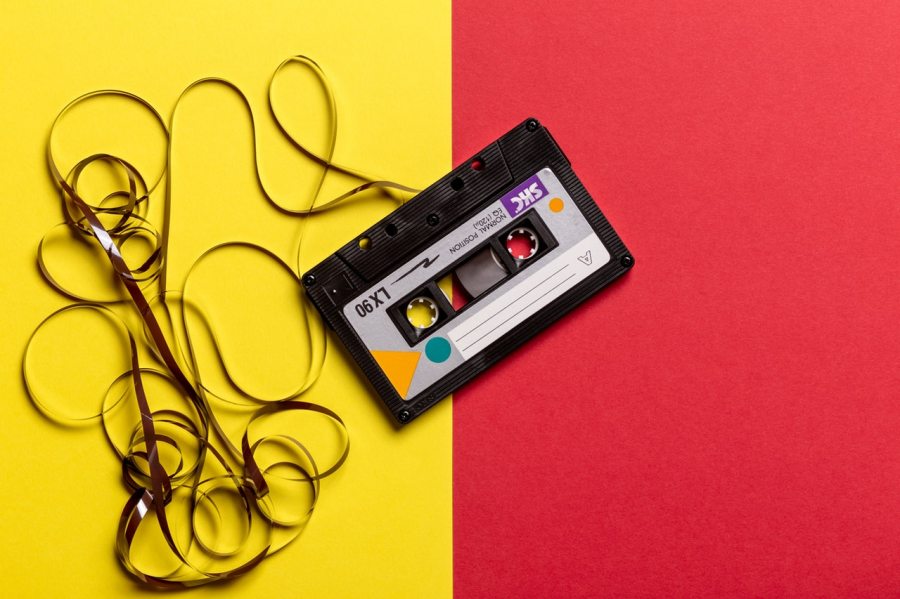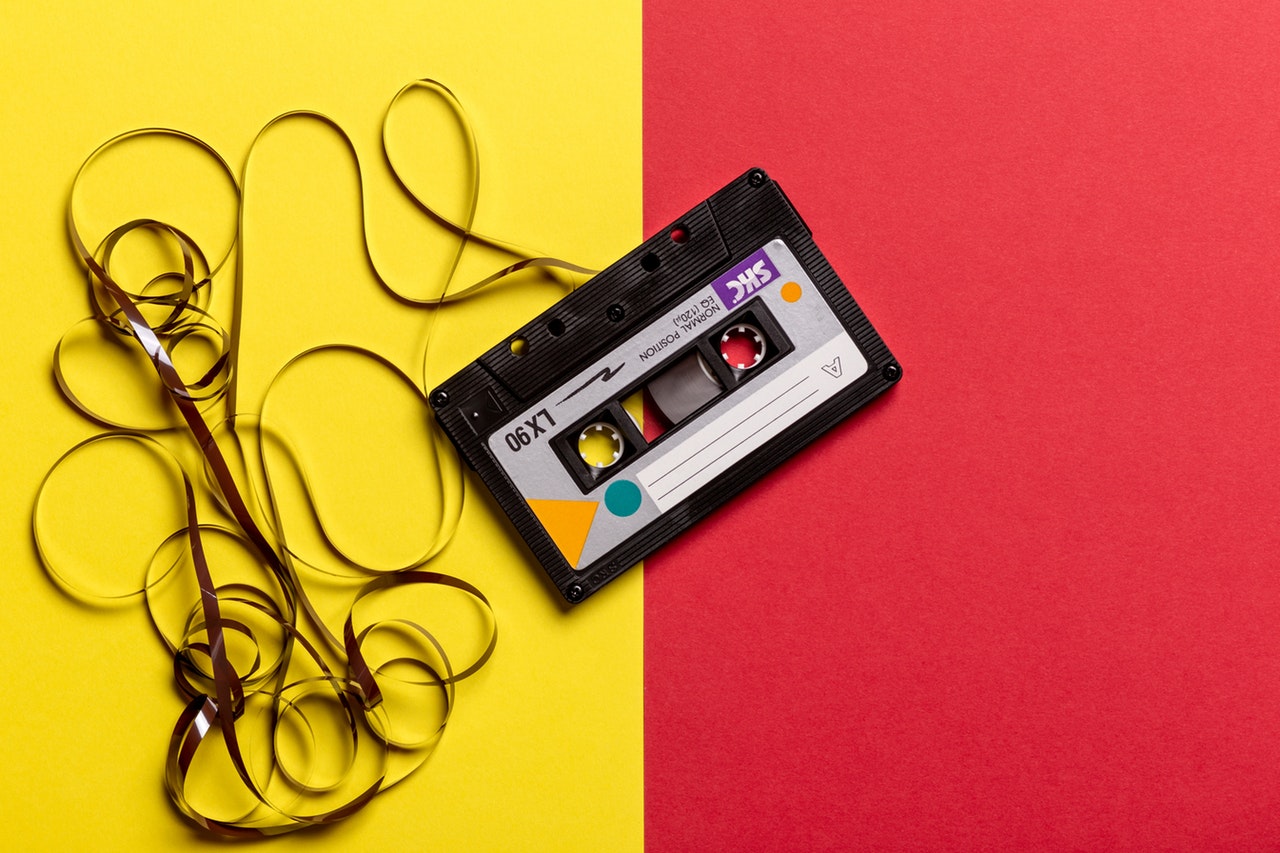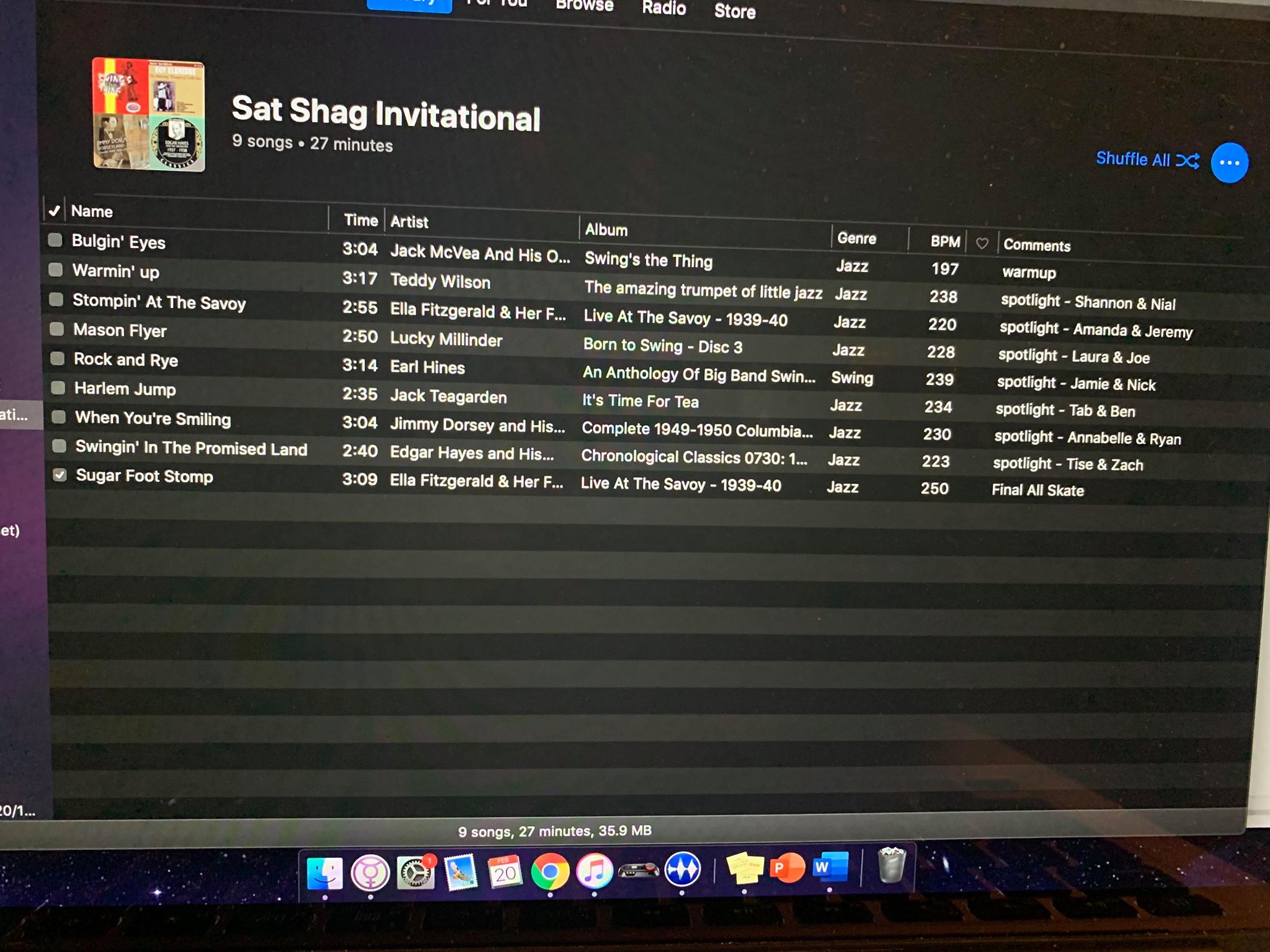Many of us are at our places of residence with “Stay-at-home” orders due to COVID-19. In result, since regular swing dance classes, events, or dances are not an option some are looking to get their swing dancing fix by trying online classes.
Patreon while used by a small number of swing dancers in the past has grown recently as a subscription based online learning platform for a decent number of swing dance instructors and organizations.

For those of you who haven’t used Patreon before, here’s their description for Patreons a.k.a. subscribers.
For patrons, Patreon is a way to join your favorite creator’s community and pay them for making the stuff you love. Instead of literally throwing money at your screen (trust us, that doesn’t work), you can now pay a few bucks per month or per post that a creator makes.
https://support.patreon.com/hc/en-us/articles/204606315-What-is-Patreon-
Below are the current active Patreon accounts for swing dance instructors I have been able to find. Some instructors are under an organization they teach for and will be in a second table for organizations.
Patreon Accounts for swing dance instructors
The benefits a patron (subscriber) can get usually include one or more of the following: class/workshop video recaps, social dance demos or performance videos, individual feedback on a video, video lessons, custom swag or discounts on existing swag, original choreography and a breakdown, blog posts, and an online or in person (when available) private lesson.
As you can imagine the benefits that require more individual time from an instructor are usually in a higher tier of monthly payment. In addition, some instructors limit the number of people who can be in their higher tiers. This is likely to prevent the situation that they bite off more they can chew in case 30 people randomly decide they want an hour private lesson in the month of June.
Patreon Account for Swing Dance Organizations
| Organization Name | Link | Price Range | Tiers |
L.A. Jitterbug Swing Dance Academy (Los Angeles) | https://www.patreon.com/lajitterbug/ | 20-50 (USD) | 6 |
| Rhythm City Productions (Vancouver, BC) | https://www.patreon.com/RCPdance/ | 5 (USD) | 1 |
| Swing Nights (Denver) | https://www.patreon.com/SwingNights/ | 30 (USD) | 1 |
| The Syncopation Foundation (Seattle) | https://www.patreon.com/syncopationfoundation/ | 5-50 (USD) | 4 |
| Vintage Arts Asylum (London) | https://www.patreon.com/lindyhop/ | 5-50 (USD) | 3 |
As you can see early bird Vintage Arts Asylum caught the worm and won the landgrab competition by getting the coveted /lindyhop/ slug for their URL. Mickey Fortanasce & Kelly Arsenault similarly won out with the /balboa/ slug.
Regarding the organization Patreon accounts you have a mix of traveling instructors who also teach for a local organization like Karine Hermes, Stephen Sayer, and soon Chandrae Rottieg Gomez for L.A. Jitterbug Swing Dance Academy who probably have a mix of students they have met on the road and local students in Los Angeles.
You also have local swing dance organizations who have gone online during the COVID-19 pandemic where it is online dance education but also maintaining their existing community. I will say though some of the more successful instructors running a Patreon accounts attempt to create a community through various tools such as a private Facebook group, Discord where people can hang out on, or Zoom hangouts.
Swing dance related patreon accounts
Before the pandemic I do want to mention there were Patreon accounts for swing dancing that were not just online dance education.
One people are probably familiar with is “The Track“, a in-depth & candid conversation with swing dancers, musicians, DJs, competitors, and instructors from the world of Lindy Hop. Another is Yehoodi’s Patreon account, which supports them producing high quality media about lindy hop and swing dancing that has followed the trends, covered the news, and spread the joy of this dance to audiences around the world. On a side note, I do really wish Yehoodi had a way to access their old forums. While there are some posts that are better left to history, there were some informative posts that would be good to see for historical purposes and I would totally subscribe to their top tier if that was an option.
Not directly swing dance related, but one I wanted to add because it does mention swing dance at one point and it is financially doing well is Lindybeige’s Patreon, a channel of archaeology, ancient and medieval warfare, rants, swing dance, travelogues, evolution, and whatever else occurs the author to make. At the time of this post this Patreon account mmakes $1,647 per video posted.
If you are a veteran of Herräng Dance Camp, you’ll probably recognize the person who runs this is Lloyd. Many people have also stumbled upon his recaps of Herräng when doing research on their first trip to Sweden. I’ve included his Patreon because it has occasionally mentioned swing dancing and is quite successful, so there must be something to learn there.
Patreon Recommendations
I’m subscribed to Patreon for swing dancing and in the interest of fairness i’ll keep that information to yourself. I will say what has influenced my decision is the dancers running the Patreon account are people I already trust, there are clear expectations of what content will be provided and when, and they produce high quality videos and posts.
I’d love to hear your thoughts though! If you subscribe to any swing dance Patreon accounts please post below which ones and why in the comments.



















